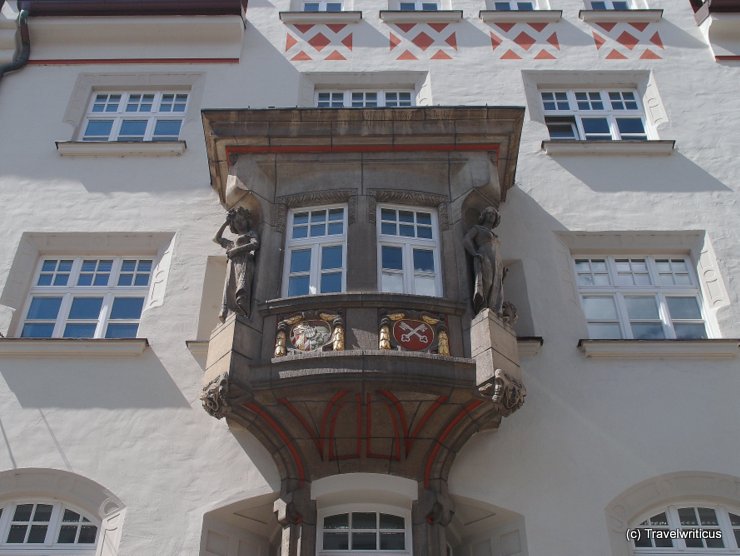
On my way from the railway station to the centre of Regensburg, I discovered the city’s emblem at an oriel window: Two white keys in a red field. The keys are the attribute of Saint Peter, the patron of Regensburg Cathedral.
Browse through your travel destination!

On my way from the railway station to the centre of Regensburg, I discovered the city’s emblem at an oriel window: Two white keys in a red field. The keys are the attribute of Saint Peter, the patron of Regensburg Cathedral.
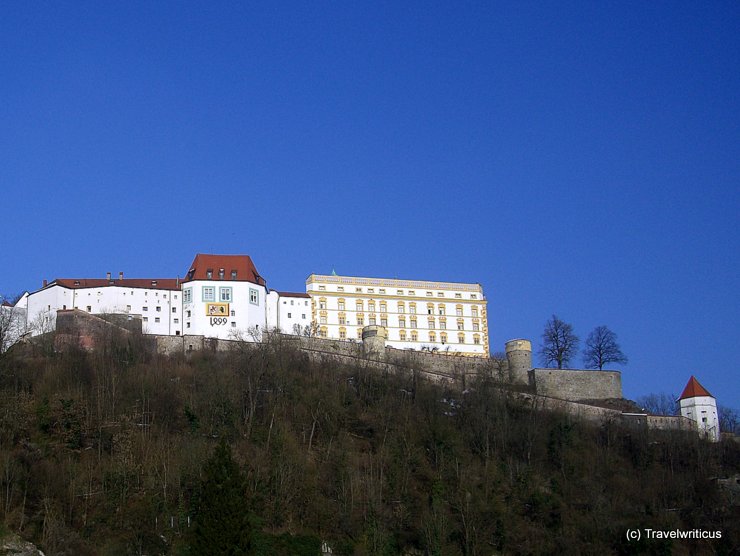
Visitors experience this view of Oberhaus Fortress (Veste Oberhaus) from the main square in Passau. The fortress itself offers an even more intriguing view: You see the three rivers of Passau in their different colours: Danube (Blue), Inn (Green) and Ilz (Black).
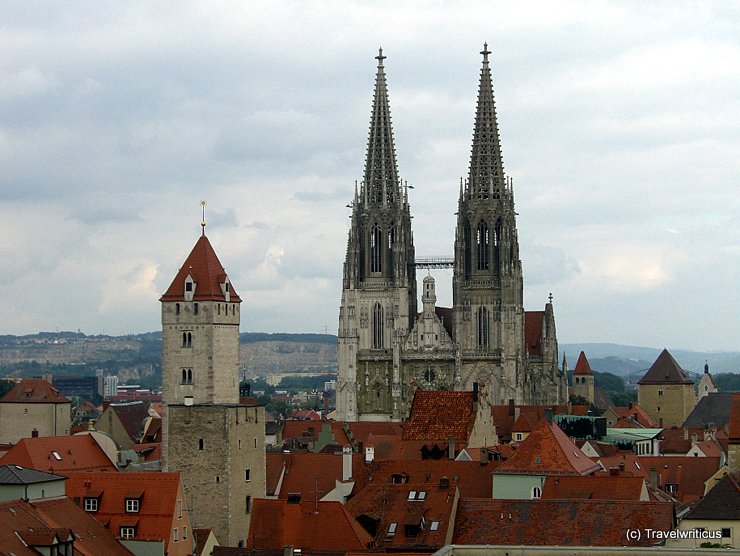
This is a view of the Bavarian city of Regensburg taken from the steeple of the Holy Trinity Church (Dreieinigkeitskirche). Regensburg is known for several family towers (Geschlechtertürme), similar to those in San Gimignano, Italy.

The Chiemsee Railway (Chiemseebahn) was opened in 1887. Though it doesn’t exactly meet the definition of a tramway, it is considered the oldest steam tramway in the world still in use. It connects Prien Railway Station with Prien Port on the Chiemsee.

Ehrenburg Palace (Schloss Ehrenburg) was the residential palace of the dukes of Saxe-Coburg until 1918. Its present façade in the English Gothic Revival style is a work by Karl Friedrich Schinkel at the beginning of the 19th century.
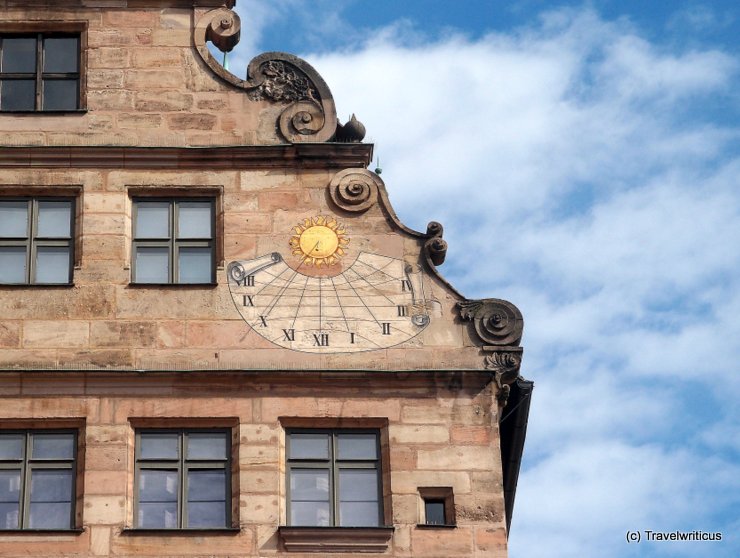
You find this sundial on the facade of the Fembohaus in Nuremberg. The Fembohaus is the home of the Nuremberg City Museum. Inside, you see a city model of Nuremberg before World War II.

Donaustauf Castle (Burgruine Donauaustauf) is a castle ruin near the Danube River in the Bavarian region of Upper Palatinate (Oberpfalz). From the ruins, you have a view of the nearby Walhalla Memorial. In the pic, you see columns of the gone castle chapel.
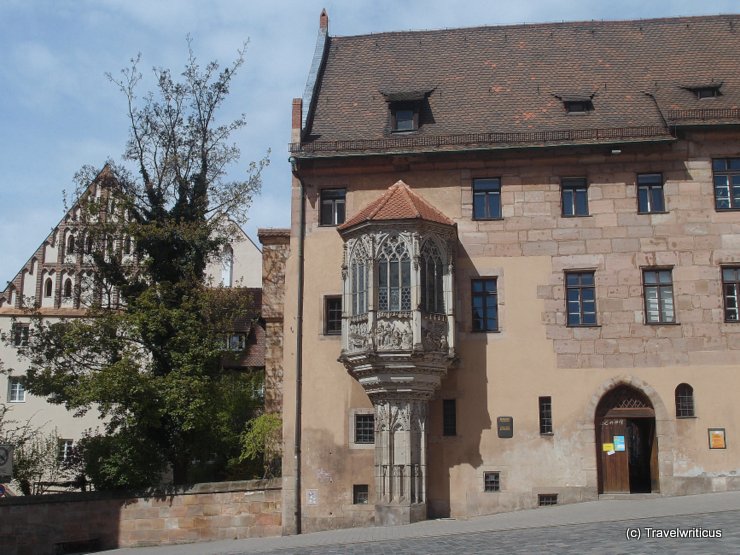
In Nuremberg, one can often see architectural elements looking like a secular bay, but in reality, they are the choirs of private chapels named Chörlein. Probably the most beautiful Nürnberger Chörlein I saw at the presbytery of St. Sebaldus Church (St. Sebald).
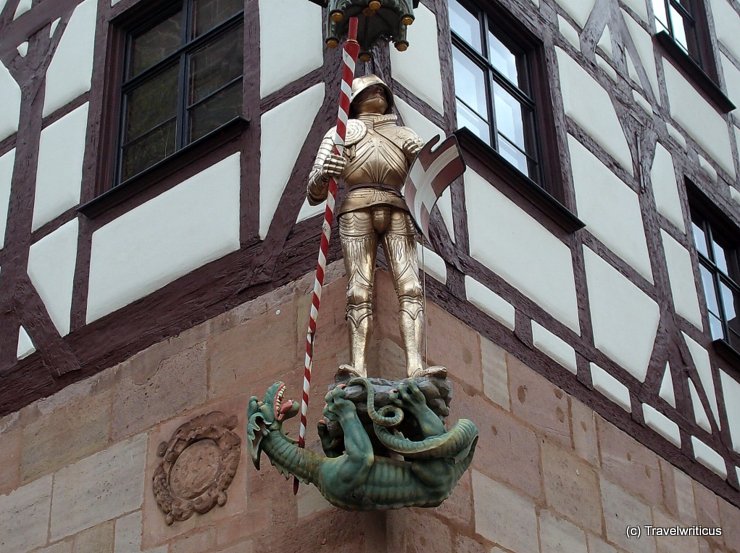
The house sign of the Pilatushaus in Nuremberg shows Saint George fighting the dragon. The motif fits well. The owner of this home was a Plattner (amorer), and George was the Saint of his craft guild.
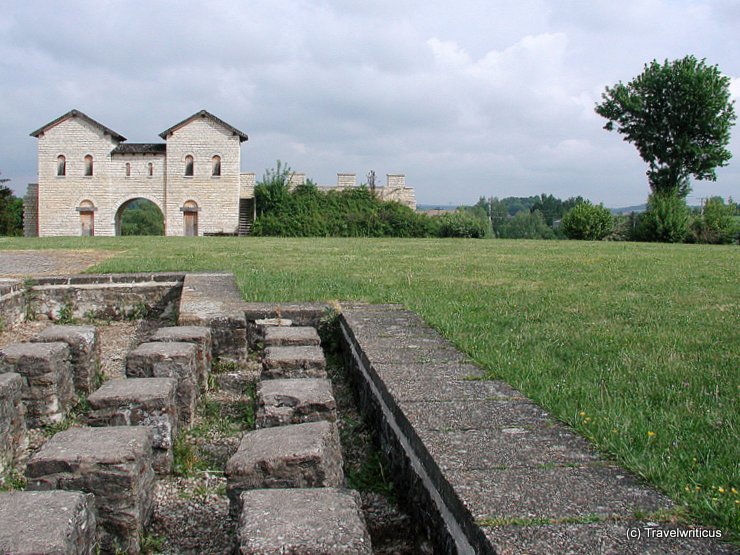
The Roman fort Biriciana, nowadays known as Kastell Weissenburg, was occupied by cavalry units during ancient times. The photo shows the reconstructed north gate (Porta decumana) of the fort area. In Roman times, this gate led to the Limes.
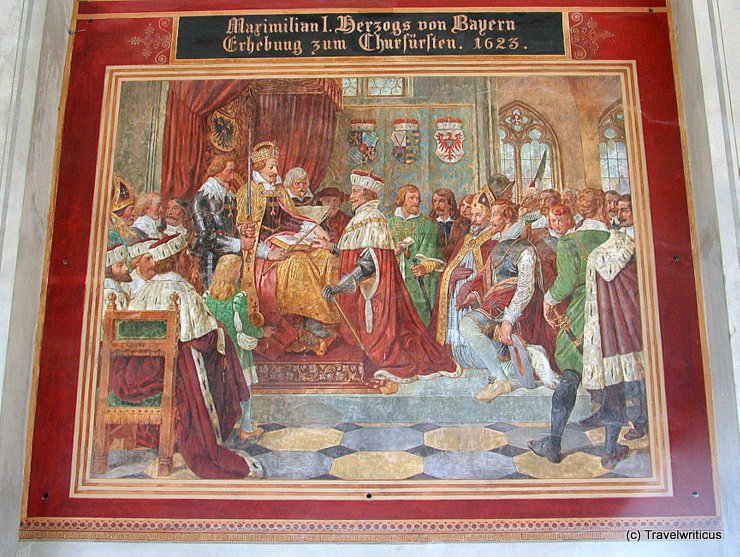
This mural is an example of several wall paintings you see in the arcades of the Munich Court Garden (Münchner Hofgarten). The paintings display episodes in the history of the House of Wittelsbach. They are protected against weather by the arcades only.